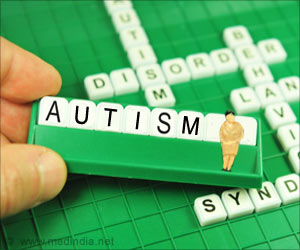
‘How a toddler who has not yet developed language processes emotion through prosody and how the environment effects their development is being studied by researchers.’
Tweet it Now
"We're using acoustic analysis and fMRI to look at the interaction and specifically how the child's brain responds to specific acoustic cues in their mother's speech," Moriarty, the lead researcher said.
Children in the study heard 15 second voice samples of the same words or sentences, but each conveyed either anger, happiness, or were neutral in affect for control purposes. The emotional affects were defined and predicted quantitatively by a set of acoustic parameters.
"Most of these acoustic parameters are fairly well established," Moriarty said. Adding, "We're talking about things like the pitch of speech as a function of time. They have been used in hundreds of studies."
In a more general sense, they are looking at what's called prosody, or the intonations of voice. However, there are many acoustic parameters relevant to speech. Understanding patterns within various sets of these parameters, and how they relate to emotion and emotional processing, is far from straight forward.
"You can't just talk to Siri [referring to Apple's virtual assistant] and Siri knows that you're angry or not. There's a very complicated model that you have to produce in order to make these judgements," Moriarty explained. "The problem is that there's a very complicated interaction between these acoustic parameters and the type of emotion . and the negativity or positivity we'd associate with some of these emotions," he said.
Advertisement
"[We want] an acoustic number or numbers doing a good job at predicting that we're saying, 'yes, we can say quantitatively that this was angry or this was happy," said expert Vigeant.
Advertisement
"A long term goal is really to understand prosodic processing, because that is what young children are responding to before they can actually process and integrate the verbal content," another expert Cole said. Toddlers, however, are somewhat harder to image in an fMRI device, as it requires them to be mostly motionless for long periods of time. So for now, the team is studying older children aged six-10 - though there are still some challenges of wriggling.
"We're essentially trying to validate this type of procedure and look at whether or not we're able to get meaningful results out of studying children that are so young. This really hasn't been done at this age group in the past and that's largely due to the difficulty of having children remain somewhat immobile in the scanner," they concluded.
Source-ANI











